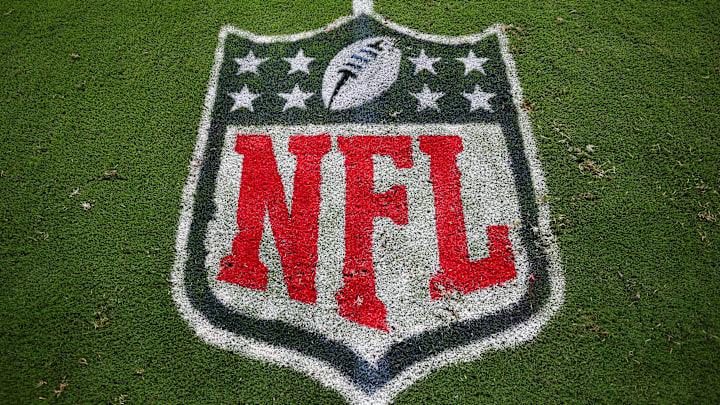The 2023 NFL season is back. While that means fans get to watch a full slate of games on Sunday, in addition to a game on Thursday and Monday nights, there is also the risk of the players on the field picking up injuries. One injury that has come to the forefront is concussions.
Early on this season, there have been multiple players to have entered concussion protocol. Those names include Las Vegas Raiders wide receiver Jakobi Meyers, Miami Dolphins wide receiver Jaylen Waddle, and Indianapolis Colts rookie quarterback Anthony Richardson. The protocol had been adjusted last season when Dolphins quarterback Tua Tagovailoa suffered concussions in back-to-back weeks.
Here is what the concussion protocol is in the NFL.
What is the concussion protocol in the NFL?
The concussion protocol in the NFL was introduced in 2011 with the goal to "ensure players are receiving care that reflects the most up-to-date medical consensus on the identification, diagnosis, and treatment of concussions," per the league's official website.
On game day, players will enter concussion protocol if they are to receive an impact to the head and either report signs of a concussion, or a certified athletic trainer, coach, NFL official, team physician, or unaffiliated neurotrauma consultant (UNC ). The team physician and UNC have the player take off their helmet, and perform a sideline survey. From there, the physician and UNC check the following:
- No Go Symptoms (loss of consciousness, ataxia, confusion, amnesia)
- History of Event
- Concussion Signs/Symptoms
- Maddock's Questions (At what venue are we at today? Which half is it now? Who scored last in this game? Who did you play last week? Did your team win the last game?)
- Video Review
- Focused Neurological Exam (Cervical Spine Exam, Evaluation of Speech, Obseration of Gait, Eye Movements and Pupillary Exam)
If a player were to exhibit positive or inconclusive symptoms, they would head to the locker room for further evaluation. But if they were to submit no-go symptoms, they are automatically ruled out for the remainder of the game. If all results were negative, the player would be allowed to return to play.
As for the locker room exam, the team physician and UNC will complete an NFL SCAT (Standardized Concussion Assessment Tool) test and a complete neurological exam. If the player were to have a "normal assessment," they would be allowed to return to play. But if the concussion symptoms worsen or are abnormal, they are not allowed to return to the game.
If a player is ruled out for the remainder of the game and placed in concussion protocol, they will then have to undergo Return-to-Participation Protocol, which is a five-step process evaluated by a team's medical staff and given the final okay by an independent neurological consultant (INC). Here are the five steps a player must go through to return to play:
- Symptom Limited Activity: Rest and limiting or avoiding activities that could worsen concussion symptoms.
- Aerobic Exercise: "Graduated cardiovascular exercise," "dynamic stretching and balance training."
- Football-Specific Exercise: Increased supervised cardiovascular exercises after undergoing neurocognitive and balance testing, practice with team in "sport-specific" exercise for 30 minutes or less.
- Club-Based Non-Contact Training Drills: Cardiovascular, strength, balance training, "sports-specific exercise" continues, can participate in non-contract training drills (catching, throwing, running, etc.)
- Full Football Activity/Clearance: Player cleared for full-contact by club physician, can return to next practice or play when cleared by independent neurological consultant.
